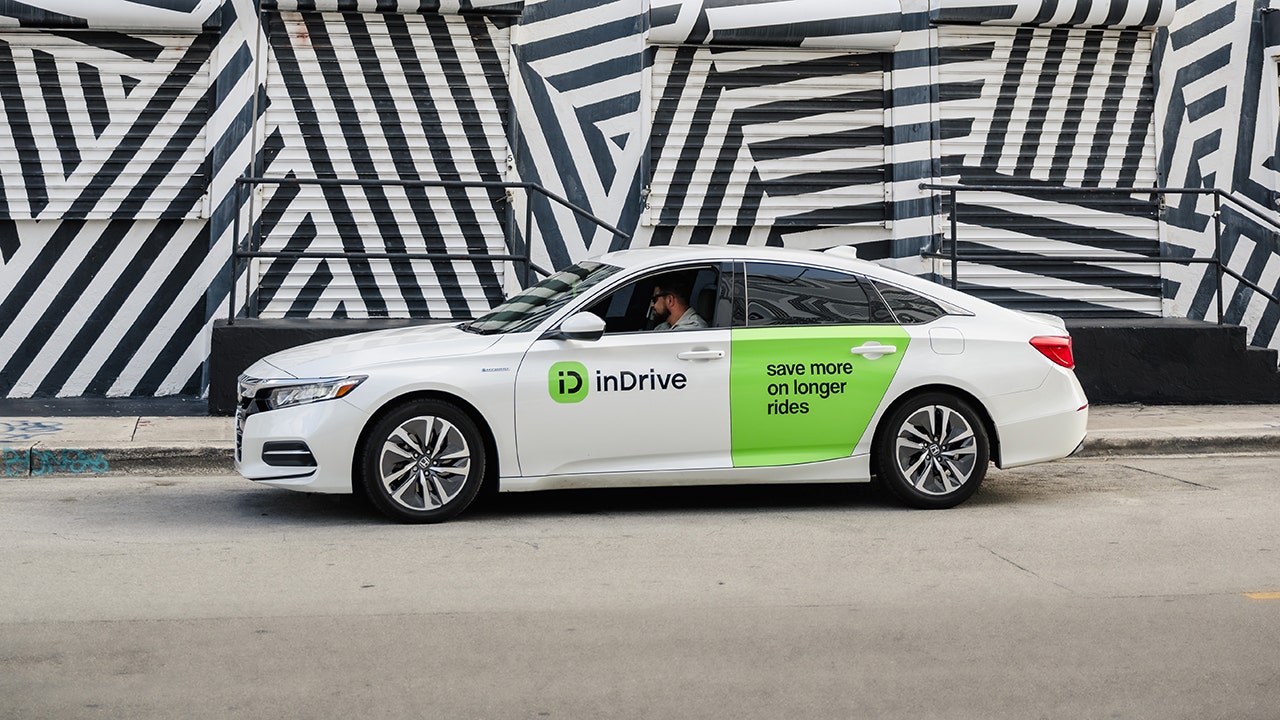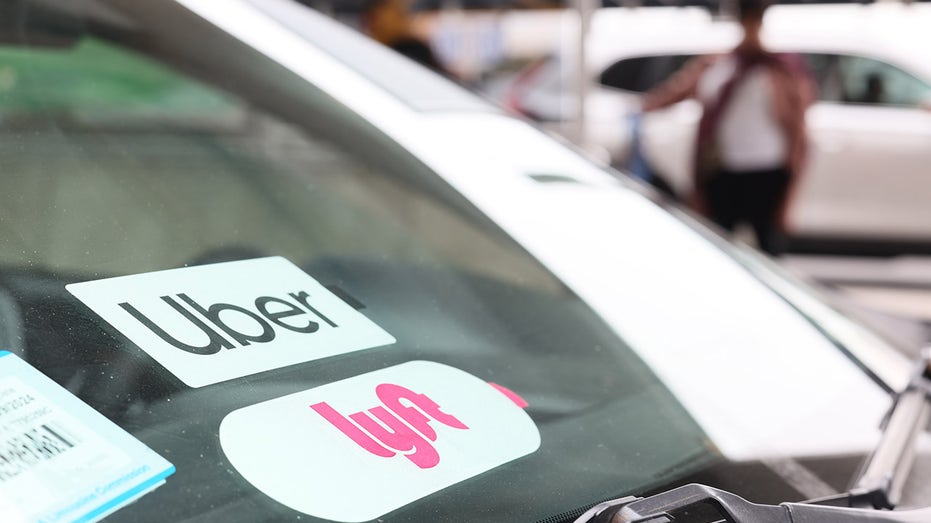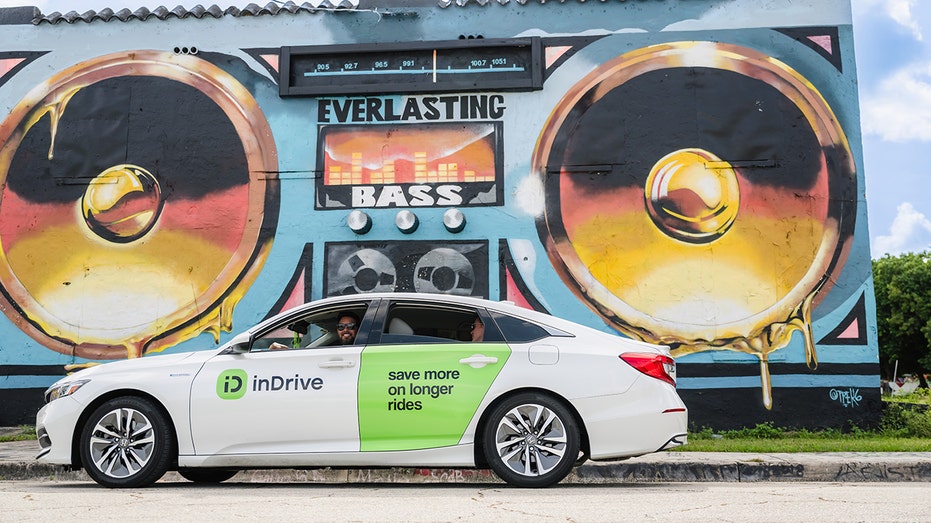Finance
Uber, Lyft get new competition in rideshare battle

Another player is joining the U.S. ride-share market.
InDrive, which differentiates itself through its bid-based business model, is making its U.S. debut in South Florida on Thursday.
The privately owned international ride-hailing company launched in 2012 and has expanded into 48 countries around the world. The company, which surpassed a $1 billion valuation in 2021, claims that it’s the world’s fastest-growing online ride-sharing service with 175 million app downloads.
Adam Warner, inDrive operations strategy director of America, isn’t concerned about competitors Uber and Lyft, which have been going head-to-head to dominate the ride-share industry.
HOW LYFT, UBER DIFFER AS RIDESHARE WARS ESCALATE
Warner believes inDrive’s unique price model, where passengers and drivers negotiate and agree on the price of each ride, will set the company up for success as it kicks off in the Sunshine State and later expand to other markets in the U.S.
“It’s really kind of an easy choice for us to come in and disrupt the game and show our peers that we’re here to create something new,” Warner told FOX Business. “We want to provide a great service that’s safe, reliable and can bring something exciting for both our drivers and our passengers.”
UBER CEO SAYS LYFT VYING WITH UBER ‘SETS UP A COMPETITIVE MARKET’
After a passenger registers for the app, they can input pickup and drop-off locations and propose a price for the route. Then, counteroffers or agreements from available drivers will appear on their screen. The passenger will select the offer that they like the best in terms of cost, driver rating and vehicle model.
The company says this model boosts “a driver’s earning potential by allowing them to only accept trips and fares they chose.”
This model, according to Warner, puts control back into the hands of passengers and drivers and “creates a more engaging customer experience – one that both addresses the need for fair pricing and empowers community members with reliable transportation.”

By comparison, Lyft and Uber offer upfront pricing for passengers. This means riders will be able to see the price of a ride before they accept it, but there is no negotiating involved. Lyft and Uber drivers can also see their earnings before accepting a ride.
NEW LYFT CEO SAYS RIDER, DRIVER EXPERIENCE TOP PRIORITY AS IT COMPETES WITH UBER
According to Uber, there are many factors for calculating an upfront price such as estimated trip time, distance of a trip and demand as well as any applicable tolls, taxes and surcharges. Likewise, Lyft said that its fares are based on a multitude of factors including ride route and ride type, as well as ride availability and demand.
Prices for Uber and Lyft rides can change if stops are added during the ride or the trip is longer than previously estimated.
Warner acknowledges that inDrive’s model will take some getting used to, but he’s confident in the company structure given its success in other parts of the world.
“There’s going to be a little bit of back and forth [between the driver and rider] as we all kind of work together to kind of create that fair and balanced service,” he said. For one, a rider has to determine what they are willing to pay while the driver has to determine what their time is worth.

In order to entice drivers, inDrive said it won’t be charging those in Florida a commission for the rest of 2023 while it ramps up operations. This means drivers will take home 100% of the profits from each fare.
Typically, the company charges a commission of 10% for each ride in the markets that it operates in around the globe.
“We have the infrastructure and the ability across the world to help invest in this market to really bring something different to it,” Warner said.
Read the full article here


















